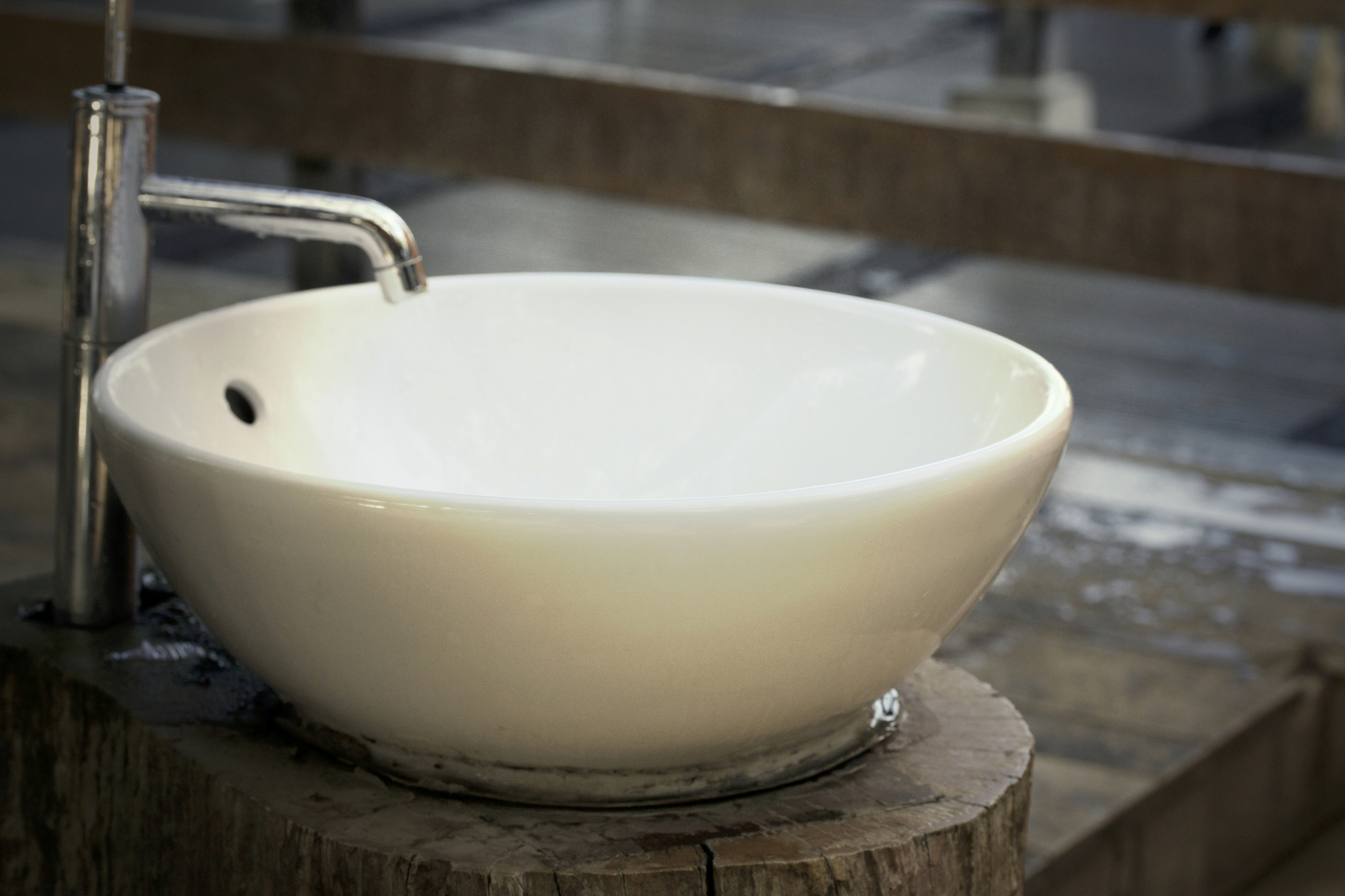When disaster strikes your home or business, the first priority is always safety. However, once the immediate danger has passed, it’s time to start thinking about cleanup and recovery. Whether you’re dealing with flood damage, fire damage, or any other type of disaster, you need a team of qualified professionals to help you get back on your feet. That’s where disaster cleanup and recovery contractors come in.
If you’ve never worked with a disaster cleanup and recovery contractor before, you might not know what to expect. Here’s a quick overview of what these professionals do and how they can help you in a time of crisis.
Assessing the Damage
The first step in any disaster cleanup and recovery project is assessing the damage. The contractor will visit your property and inspect the affected areas to determine the extent of the damage. This will help them develop a plan of action for the cleanup and recovery efforts.

Cleanup and Restoration
Once the assessment is complete, the contractor will begin the cleanup and restoration process. This might involve removing debris and damaged materials, drying out any wet areas, and sanitizing the affected spaces to prevent mold growth. Depending on the type and extent of the damage, the process can take several weeks or even months to complete.
Reconstruction and Remodeling
In some cases, disaster cleanup and recovery contractors also offer reconstruction and remodeling services. This might involve repairing or replacing damaged walls, floors, or other affected areas. The goal is to restore your property to its pre-disaster condition so that you can move forward with your life or business.
Why You Need a Professional Disaster Cleanup and Recovery Contractor
You might be tempted to tackle the cleanup and recovery effort on your own, but it’s important to understand the value of working with a professional contractor instead. Here are just a few reasons why:

1. Speed: Disaster cleanup and recovery contractors have the experience and equipment necessary to get the job done quickly and efficiently. This can help you get back to your daily routine as soon as possible.
2. Safety: When dealing with flood or fire damage, safety is always the top priority. Professional contractors know how to handle hazardous materials and are trained to minimize risks to your health and safety.
3. Insurance: Many disaster cleanup and recovery contractors work with insurance companies to help you file claims and get the compensation you need to cover the cost of the cleanup effort.
4. Peace of mind: Finally, working with a professional contractor can provide you with peace of mind during an otherwise stressful time. You can trust that the team is doing everything possible to restore your property to its pre-disaster condition.
Finding a Disaster Cleanup and Recovery Contractor
If you’re in the market for a disaster cleanup and recovery contractor, there are a few key things to look for. First, make sure the contractor is licensed and insured. This will protect you from any liability in case of accidents during the cleanup process. You should also ask for references and read online reviews to get an idea of the contractor’s reputation.
Finally, don’t be afraid to ask questions about the contractor’s experience and approach to disaster cleanup and recovery. This will help you feel confident in your decision to hire them for the job.
Conclusion
No one wants to think about the possibility of a disaster striking their property. But if the worst does happen, it’s important to have a plan in place for cleanup and recovery. Working with a professional disaster cleanup and recovery contractor can help you get back on your feet as quickly and safely as possible. So don’t hesitate to reach out to a qualified contractor if you ever find yourself facing a disaster situation.






